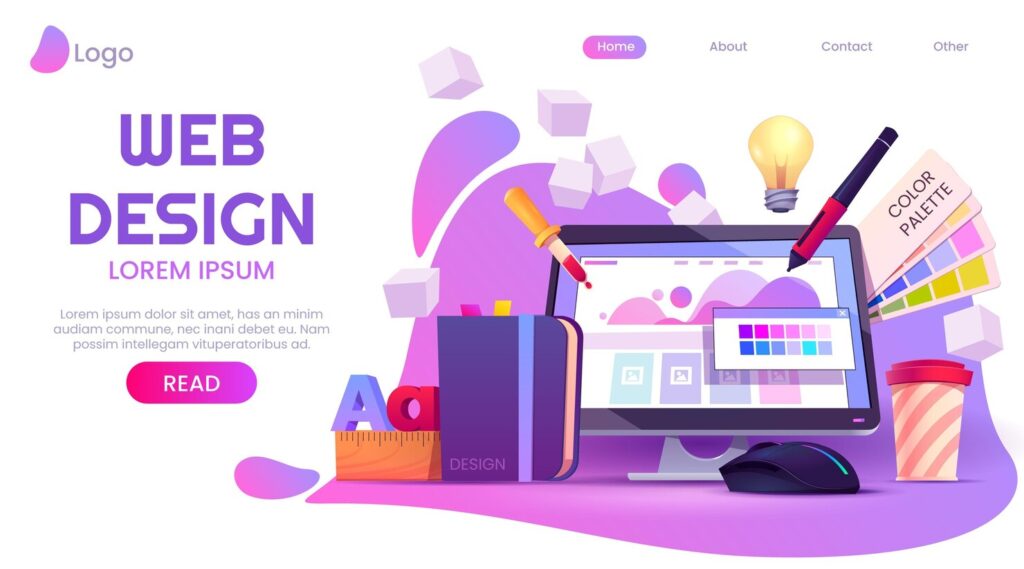Sculpting Virtual Realities: A Guide to Advanced 3D Graphic Design

In the fast-paced and dynamic realm of 3D graphic design, “Sculpting Virtual Realities” stands as a beacon for those seeking to elevate their skills and explore the advanced dimensions of this captivating field. This comprehensive guide is tailored for both seasoned professionals looking to push the boundaries of their craft and aspiring designers eager to sculpt immersive virtual worlds.
The Evolution of 3D Graphic Design
This chapter provides a historical overview of the evolution of 3D graphic design, tracing its roots and highlighting pivotal advancements. Understanding the journey of this dynamic field sets the stage for readers to appreciate the sophisticated techniques and tools explored in subsequent chapters.
Mastering Advanced Modeling Techniques
“Sculpting Virtual Realities” delves deep into advanced modeling, unraveling techniques such as subdivision surface modeling, parametric modeling, and procedural modeling. Readers will gain expertise in pushing the boundaries of form and structure, creating intricate and visually stunning 3D models.
Harnessing the Power of Virtual Sculpting
Virtual sculpting has become a cornerstone of modern 3D design. This chapter explores sculpting tools and methodologies, providing step-by-step guidance on shaping organic forms and intricate details. From character design to environmental elements, readers will master the art of sculpting within the digital realm.
Photorealistic Texturing and Shading
Elevating the visual fidelity of 3D designs requires a deep dive into photorealistic texturing and shading. This chapter equips readers with advanced techniques for creating lifelike surfaces, realistic materials, and intricate shading effects. The result is a heightened level of realism that transports viewers into virtual realms.
Dynamic Lighting Strategies
Lighting is a powerful storytelling tool in 3D graphic design. This chapter explores advanced lighting strategies, including high dynamic range lighting (HDRI), volumetric lighting, and global illumination. Readers will learn to manipulate light to evoke emotions, create atmospheres, and enhance the overall visual impact of their designs.
The Art of Rigging and Animation
Animating 3D models requires a nuanced understanding of rigging and animation principles. This chapter guides readers through advanced rigging techniques and character animation, empowering them to breathe life into their creations. From realistic movement to expressive character animations, this section covers the spectrum of dynamic storytelling.
Interactive Realities: VR and AR Integration
As technology advances, so does the integration of 3D design into virtual and augmented realities. This chapter explores the exciting frontier of VR and AR integration, providing insights into designing immersive experiences for emerging platforms. Readers will discover how to sculpt virtual realities that engage and captivate audiences in new and innovative ways.
Conclusion
“Sculpting Virtual Realities: A Guide to Advanced 3D Graphic Design” is a roadmap for those seeking to transcend the boundaries of traditional design. Through advanced modeling, sculpting, texturing, lighting, and animation, readers will be equipped to sculpt virtual realities that push the limits of imagination. This guide is not just about mastering techniques; it’s about empowering designers to shape the future of 3D graphic design.